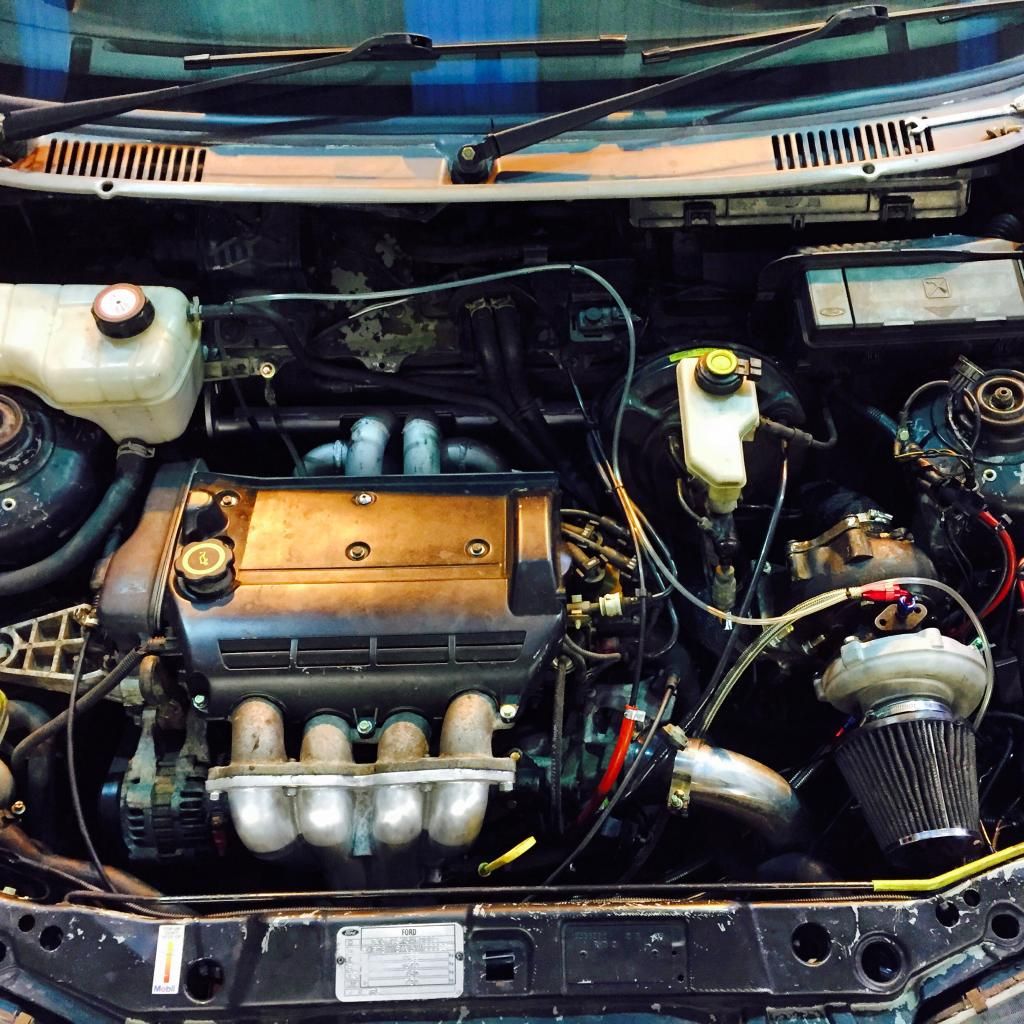alexwilliams840
New member
- Joined
- Jul 8, 2011
- Messages
- 1,744
I've been looking into ways to get the under bonnet temperatures lower for turbo builds.
I know a lot of people use them as it's the easiest, cheapest way and it seems like it will work. But I've had other people say because of the high pressure area in front of the windscreen that raisers don't do jack for cooling under the bonnet.
Does anyone have any first hand experience of them actually providing cooling? I'm getting they do work from some people and they don't from others
Just thought I'd bring the topic to this forum to see what you guys think
I know a lot of people use them as it's the easiest, cheapest way and it seems like it will work. But I've had other people say because of the high pressure area in front of the windscreen that raisers don't do jack for cooling under the bonnet.
Does anyone have any first hand experience of them actually providing cooling? I'm getting they do work from some people and they don't from others
Just thought I'd bring the topic to this forum to see what you guys think

